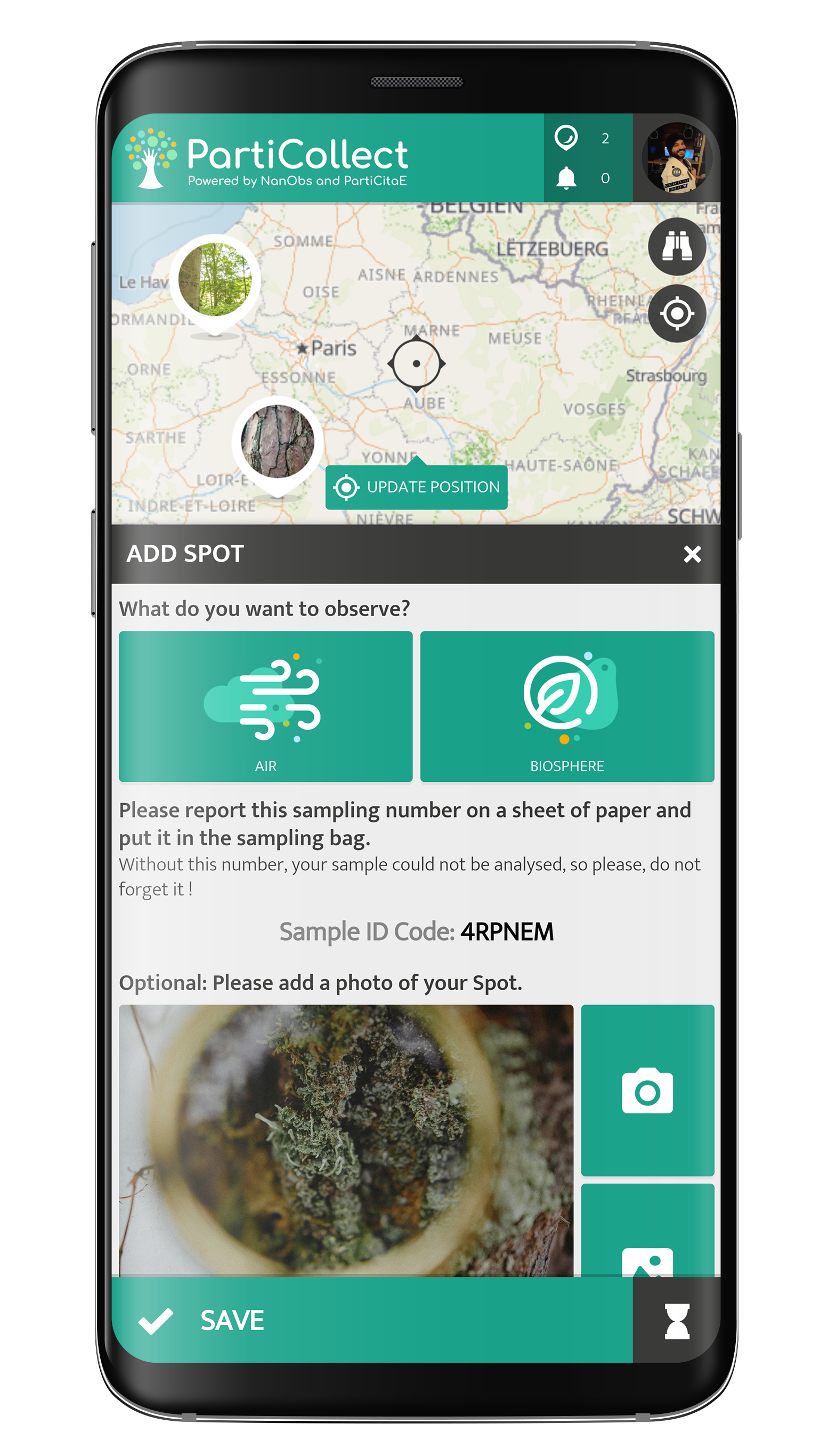Using the PartiCollect App, participants geolocate and associate a unique code, as well as descriptive and environmental parameters, with each tree bark sample that they collect with a freezer bag. Samples are then sent to scientists based at three universities in the Paris region who use magnetic and chemical measurements to identify and quantify metallic pollutants. These metallic particles come from exhaust fumes, braking and tire wear, and are then deposited on surrounding objects, such as plants.
Plane tree bark is particularly well suited to this type of study, as they are very common in cities along or near streets and, therefore, particularly exposed. These trees renew their bark every year, so it is possible to take samples and assess the quantity of particles accumulated over a year without damaging them.

